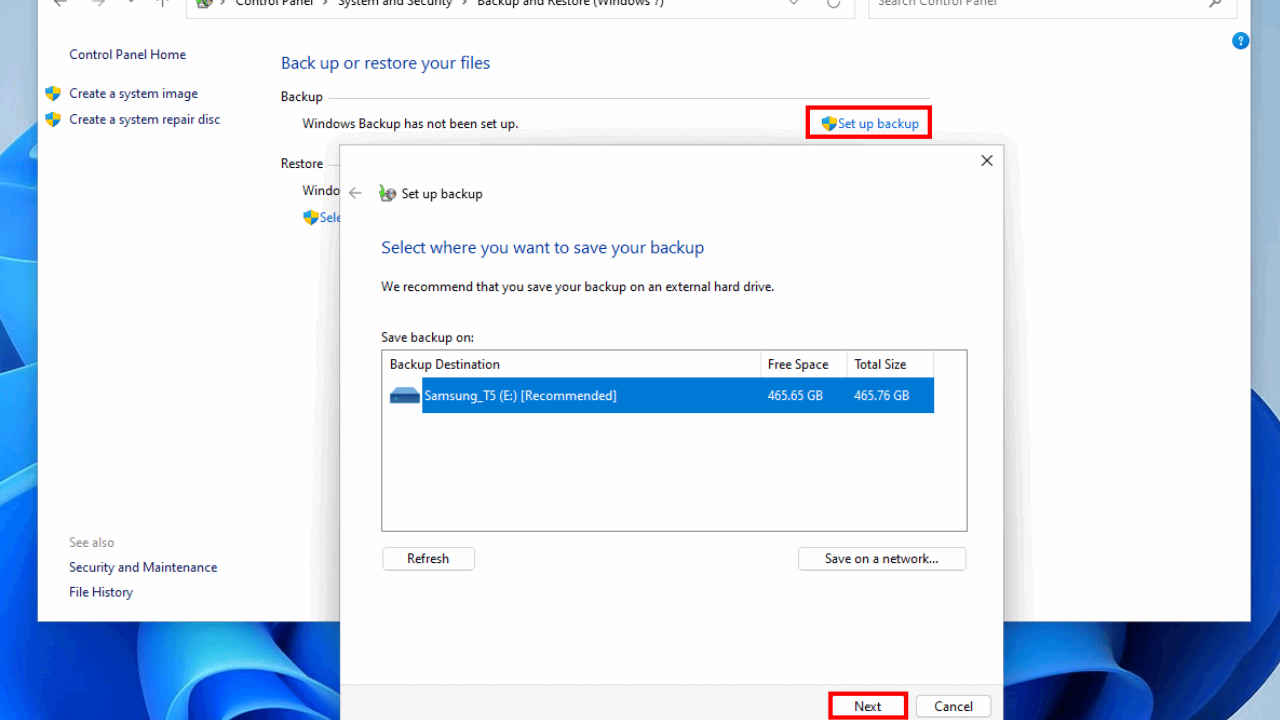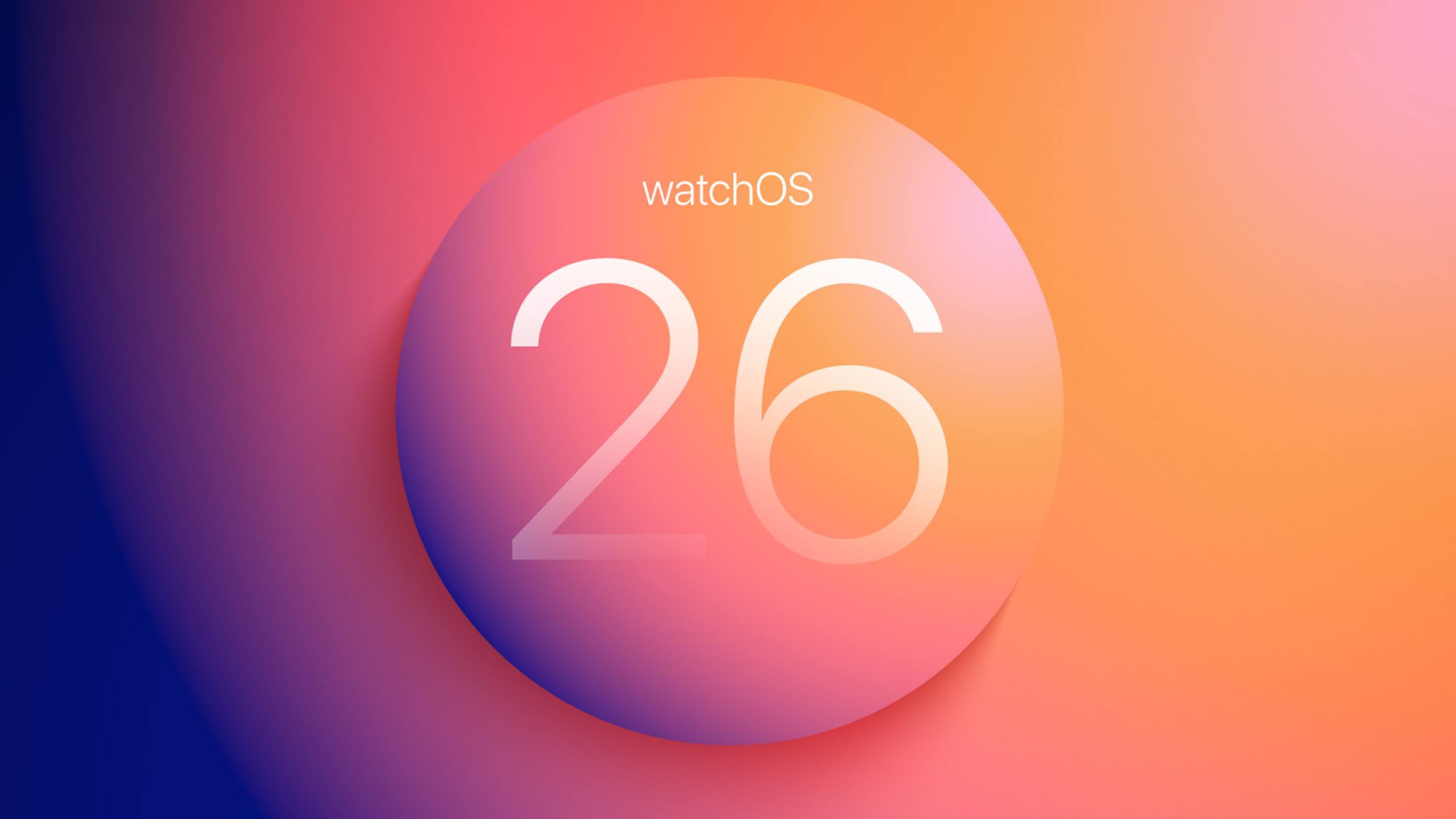New Windows backup and restore app will save a lot of your PC switching pain

Microsoft, Windows 11 Insider preview build 23466 for the Dev Channel, is exploring a bunch of new features including RGB lighting controls, improved Widgets, among others. While there has not been any update on the taskbar mobility, you can now ungroup applications on the taskbar. However, the major highlight is the Backup and Restore feature which can be considered one of the major changes in a long time for Microsoft.
The build has multiple new features for the Windows insider including Dev Drive, a storage drive based on the Resilient File System (ReFS) and there are improvements for Narrator, the Chinese natural sounding voice features.
Also read: Here’s why MSI’s NVIDIA Studio laptops can help elevate your creativity and gaming to the next level!
Windows backup and restore gets new cloud syncing feature
Additionally, Microsoft is introducing a new Windows Backup application, formalising the transfer procedure it described earlier. In addition to storing your programmes and data in cloud storage, Windows Backup is made to maintain the layout of your data so that it may be transferred to a new PC. Credentials, programmes, files, and folders will all be kept in the cloud and connected to your Microsoft account.
The ability of Windows 11 to recall where applications were pinned makes it possible to restore them to a new PC and have them appear in the same location as previously. As well as credentials for things like Wi-Fi passwords, you can back up Windows settings along with your preferences though it’s unclear what kinds of settings can be synced.
Microsoft advises using a virtual machine or setting up a new build on a different PC if you want to test this out. It does not serve as a substitute for conventional backup software.
Also read: Dell XPS 13 Plus can blow past the MacBook Air M2 in these 5 exciting ways
In its blog post, Microsoft also described several of adjustments and improvements namely;
Voice-activated text creation: Saying “correct that,” “spell that,” or “click that” will now direct your vocal actions towards your PC.
Turn off individual notifications: Windows will offer to completely turn off any notifications that you frequently ignore from a particular app.
Start menu reorganisation: According to Microsoft, “We are experimenting with an alternate approach for ranking the most recently used files in the Recommended section of the Start menu that takes into account when the file was last used, the file extension, and more.”
View your Wi-Fi password: Users can now see their password in the settings section, if they have forgotten it.







